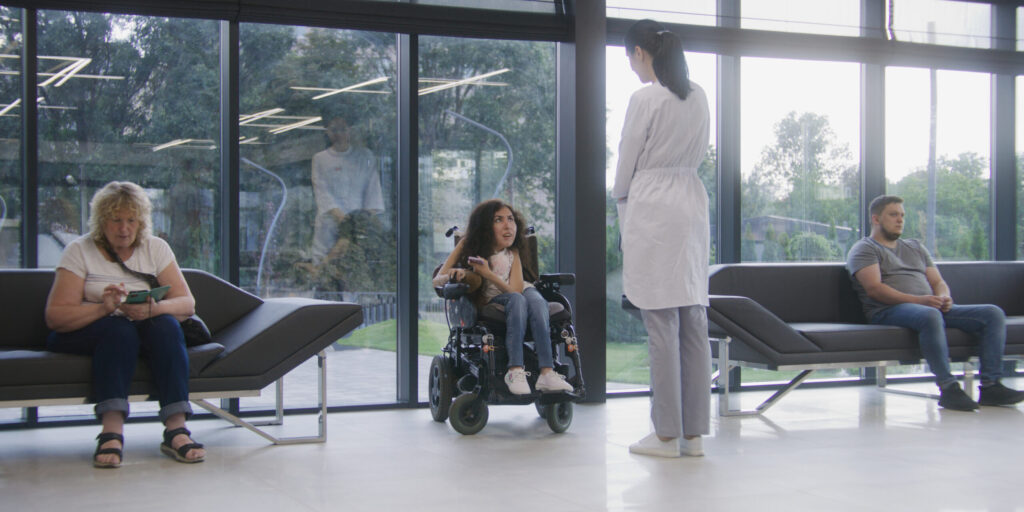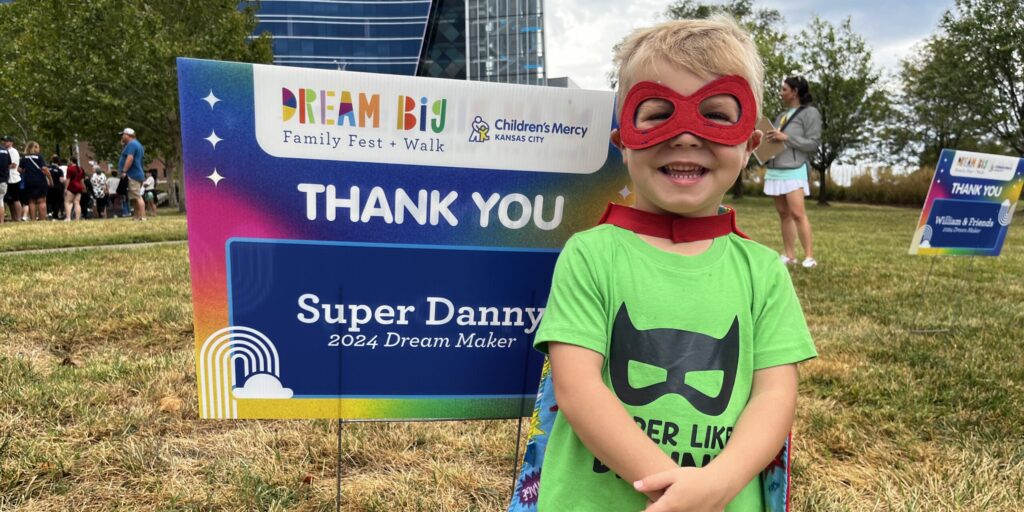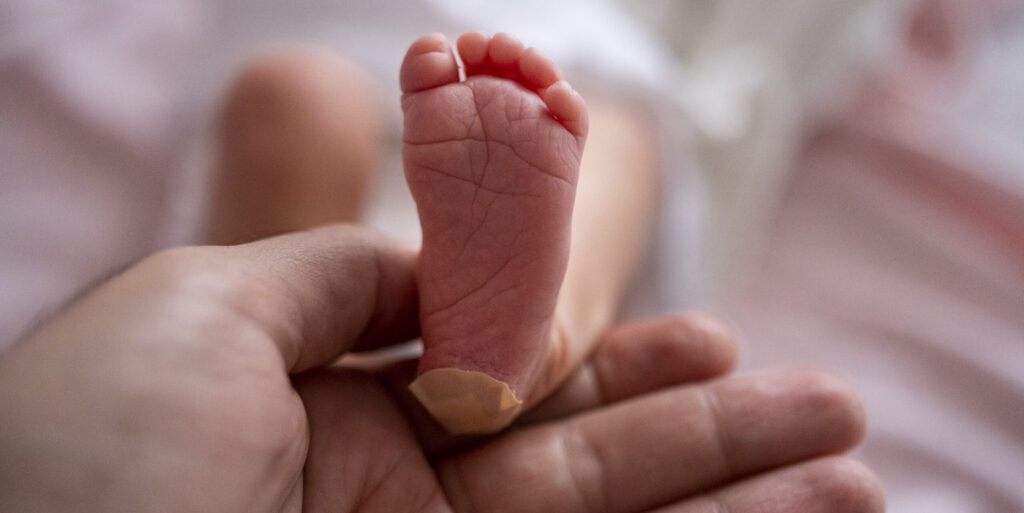
Treatment Options for Autoimmune Neuromuscular Diseases
By Patrick Sullivan | Friday, May 17, 2024
If you have an autoimmune neuromuscular disease, such as myasthenia gravis (MG) or myositis, you may feel as though your body has betrayed you. After all, your immune system has mistaken healthy tissue for an “invader” and attacks it like it would a virus or bacteria.
In these diseases, “the body has lost its ability to self-regulate its immunity in certain situations,” explains neurologist Tahseen Mozaffar, MD, director of the ALS and Neuromuscular Center at the University of California-Irvine. “Organ systems that should have been seen as part of the self by the immune system are seen as foreign.”
Scientists are still trying to determine exactly how and why this happens, but breakthroughs across other types of autoimmune diseases, including rheumatoid arthritis and multiple sclerosis, and even progress in immunotherapy for cancer, are leading to more treatment options than ever.
What are autoimmune neuromuscular diseases?
Autoimmune neuromuscular diseases include MG, Lambert-Eaton myasthenic syndrome (LEMS), and multiple forms of myositis. Although they all share an autoimmune aspect, the immune system attacks a different target in each one.
- Myasthenia gravis: In MG, the immune system attacks the connection between nerves and muscles — known as the neuromuscular junction — and interrupts signals the nerves send to the muscles. The result is weakness of voluntary muscles, especially in the face, neck, and eyes.
- Lambert-Eaton myasthenic syndrome (LEMS): Like MG, LEMS involves an autoimmune attack on the neuromuscular junction. However, where MG affects this junction on the muscle side, LEMS affects it on the nerve side. The symptoms are similar to MG.
- Myositis: Myositis is an umbrella term for a group of conditions that cause muscle (myo) inflammation (-itis). They are also called inflammatory myopathies. There are a number of forms of myositis, including dermatomyositis, polymyositis, and inclusion-body myositis (IBM). In these conditions, the immune system targets the muscles, causing inflammation, pain, and fatigue.
How do autoimmune neuromuscular diseases work?
Your immune system works to protect you from bacteria, viruses, and other foreign bodies. When it detects an invader, your immune system produces antibodies that rush to the area of injury or infection. They attack the foreign body and try to repair any damage. The product of this immune system response is inflammation.
Autoimmune diseases happen when your immune system mistakes your own healthy cells, tissue, or organs for one of these foreign invaders and attacks it. The immune system targets different cells in different diseases.
Scientists believe that autoimmune diseases arise from a combination of genetic and environmental factors. Usually, the autoimmune response is triggered by an event — such as a viral infection, injury, or exposure to a toxin — combined with genetic factors that make you more likely to develop the disease.
“There has to be an underlying genetic susceptibility, and there has to be an environmental trigger of some sort,” says Dr. Mozaffar.
In MG and LEMS, your immune system targets parts of your neuromuscular junction that involve the neurotransmitter acetylcholine. Acetylcholine has many roles in your body, and one of them is helping your muscles contract. Normally, your nerves produce acetylcholine and send it to muscle cells, where it attaches to a protein called an acetylcholine receptor and causes the muscle to contract.
In people with MG, however, antibodies target and destroy these acetylcholine receptors. Fewer acetylcholine receptors mean less powerful muscle contractions, resulting in muscle weakness.
LEMS is similar, but it affects the nerve cells. Acetylcholine is made from calcium (among many other compounds), which is released from a nerve’s calcium channel. In people with LEMS, antibodies target those calcium channels. Less calcium means less acetylcholine, resulting in muscle weakness.
The triggers and exact causes of myositis are not as well understood. In polymyositis and IBM, the immune system attacks the muscle fibers themselves. In dermatomyositis, antibodies attack the blood vessels that nourish the muscle fibers and skin. In each case, the result is muscle pain and weakness. Dermatomyositis also causes a rash.
How are autoimmune neuromuscular diseases treated?
Autoimmune neuromuscular diseases cannot be cured, but they can be managed. Currently, there are several effective standard types of treatments, including:
- Glucocorticoid steroids: These drugs are powerful, system-wide anti-inflammatories. They may cause side effects such as high blood pressure, mood swings, and weight gain.
- Plasmapheresis: This is a process in which the fluid part of the blood, called plasma, is separated from the blood cells. The plasma, which contains antibodies involved in the autoimmune response, is discarded, and the blood cells are returned to the body. “You are essentially washing the blood,” Dr. Mozaffar says.
- Intravenous immunoglobulin (IVIG): This is a biologic substance prepared from the plasma of healthy donors. It is administered via intravenous (under the skin) infusion. “IVIG is a lot more complicated, but the concept here is you are flooding the system with good antibodies so the bad antibodies can’t bind to their targets,” Dr. Mozaffar says.
Several drugs have been approved by the US Food and Drug Administration (FDA) for specific autoimmune diseases in recent years.
Approved therapies for MG
Soliris (eculizumab) and Ultorimis (ravulizumab-cwvz) are infusion therapies approved for the treatment of adults with generalized myasthenia gravis (gMG) who are anti-acteylcholine receptor (AChR) antibody positive. They are both C5 inhibitors, blocking a key protein that contributes to damage where muscles and nerves meet. Compared to Soliris, Ultomiris is slightly modified to be more stable and last longer in the body allowing for less frequent dosing.
Vyvgart (efgartigimod alfa-fcab), an IV infusion, and Vyvgart Hytrulo (efgartigimod alfa and hyalurodinase-qvfc), a subcutaneous injection, are approved for adults with gMG who are anti-AChR antibody positive. Vyvgart promotes faster clearance of antibodies in the bloodstream called immunoglobulin G (IgG), easing the symptoms of MG. Vyvgart Hytrulo combines the active ingredient of Vyvgart with a man-made, or recombinant, version of human hyaluronidase PH20, an enzyme that can break down certain proteins in the skin to help deliver and absorb biologic therapies given by subcutaneous injection.
RYSTIGGO (rozanolixizumab-noli), a subcutaneous injection, is a humanized IgG4 monoclonal antibody that reduces circulating IgG. It is approved for the treatment of gMG in adults who are anti-AChR antibody positive or anti-muscle-specific tyrosine kinase (MuSK) antibody positive. RYSTIGGO is the only FDA-approved treatment for both anti-AChR and anti-MuSK antibody-positive gMG, the two most common subtypes of gMG.
ZILBRYSQ® (zilucoplan) is approved for the treatment of gMG in adults who are anti-AChR antibody-positive. ZILBRYSQ is the first once-daily subcutaneous, targeted C5 complement inhibitor for gMG, and it is the only once-daily gMG-target therapy for self-administration.
Approved therapy for LEMS
FIRDAPSE (amifampridine), an orally taken tablet, is the only FDA-approved, evidence-based treatment for people diagnosed with LEMS. It is a potassium channel blocker that improves how nerves communicate with muscles by helping to restore the release of acetylcholine. It is approved for ages 6 and older.
Approved therapy for dermatomyositis
OCTAGAM 10% is an immune globulin intravenous (human) liquid preparation. It is the first and only FDA-approved IVIG therapy approved for dermatomyositis in adults.
Developing therapies for autoimmune diseases
This is a promising time for autoimmune neuromuscular diseases, as there are more treatment options than ever before, and research continues on new and better treatments.
How are treatments developed?
While each autoimmune disease is unique, the common element of misfiring immune system activity offers a key to developing new treatments. Doctors have borrowed powerful, effective medications from other conditions, including biologics from rheumatoid arthritis (such as rituximab) and immunotherapy from cancer treatment (such as CAR-T cells).
“We are starting to understand these autoimmune neuromuscular diseases much better, and we’re developing much more specific treatments that are much less toxic,” Dr. Mozzafar says.
Clinical trials for MG
- Descartes-08 CAR-T Cells in Generalized Myasthenia Gravis (MG)
- Open-label Study to Evaluate the Safety of Various Dosing Regimens of MuSK-CAART for MuSK Myasthenia Gravis
Clinical trials for myositis (dermatomyositis, polymyositis, and IBM)
- A Study of CC-97540, CD-19-Targeted Nex-T CAR T Cells, in Participants With Severe, Refractory Autoimmune Diseases
- RESET-Myositis: A Phase 1/2 Open-Label Study to Evaluate the Safety and Efficacy of CABA-201 in Subjects With Active Idiopathic Inflammatory Myopathy
- A Study to Assess the Long-term Safety and Efficacy of a Subcutaneous Formulation of Efgartigimod in Adults With Active Idiopathic Inflammatory Myopathy (ALKIVIA+)
- A Study to Evaluate the Efficacy and Safety of ABC008 for Inclusion Body Myositis
- Phase III Trial of Sirolimus in IBM
- Inclusion Body Myositis Treatment With Celution Processed Adipose Derived Regenerative Cells
Next Steps and Useful Resources
- Stay up-to-date on Quest content! Subscribe to Quest Magazine and Newsletter.
TAGS: Clinical Trials, Drug Development, Featured Content, Innovation, Research, Research Advances
TYPE: Blog Post
Disclaimer: No content on this site should ever be used as a substitute for direct medical advice from your doctor or other qualified clinician.




